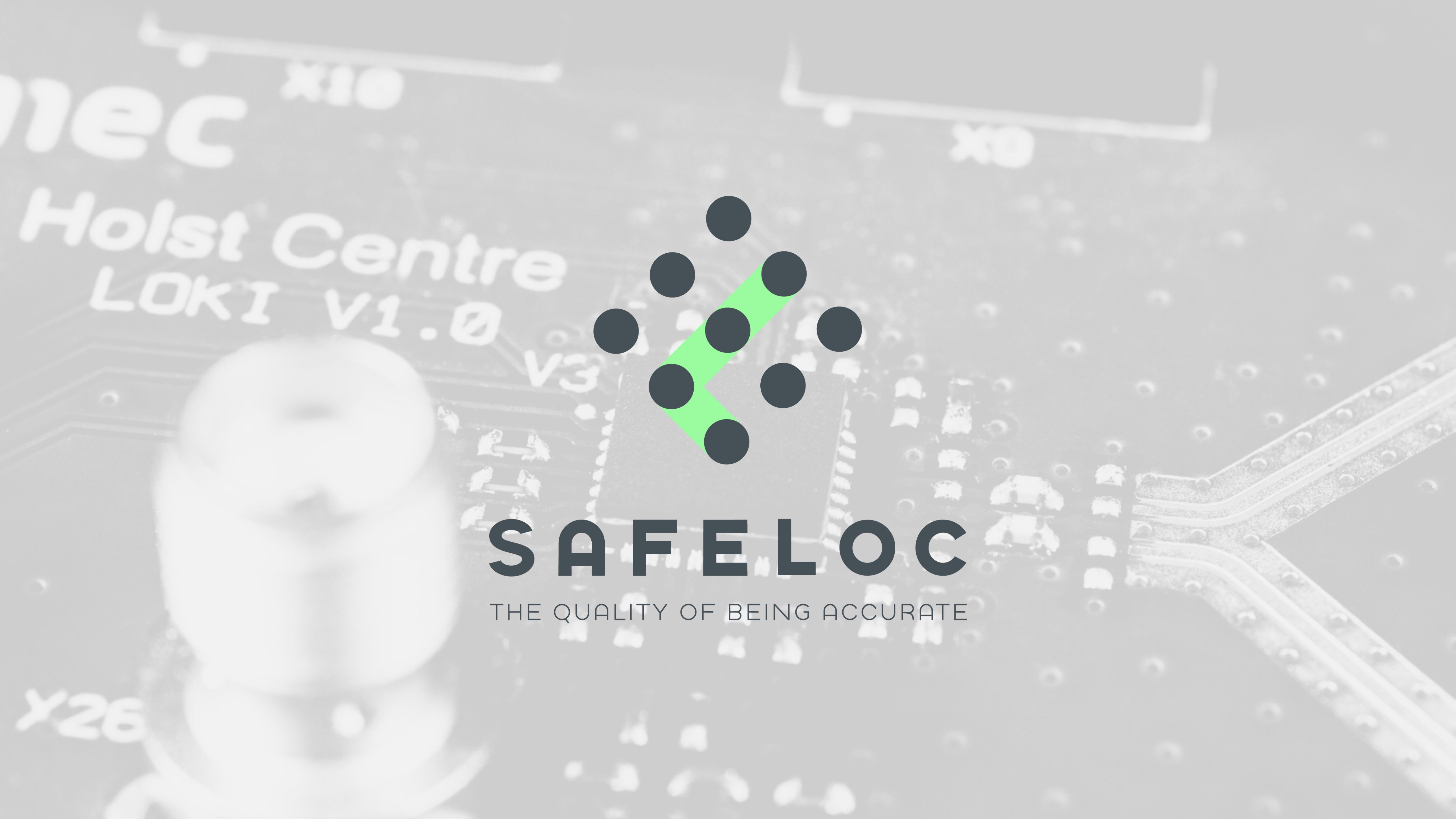Successful completion of project WATEREYE to reduce offshore wind costs

02 | 02 | 2023
Corrosion is one of the main causes of failure at Structures offshore, and one of the most serious if it occurs.
The project led by the Technology Center Ceit, WATEREYE, has been funded with 4.7 M€ by the European HORIZON 2020 Program.
Over the past three years, the project WATEREYE has sought to create a significant impact on the performance of offshore wind farms and their maintenance and operations costs, one of the biggest problems in this sector.
Offshore wind energy is a fast growing energy source due to the fact that it provides high powers to network in a stable way and at very competitive costs. Even so, one of the biggest problems of this energy is the difficult access to wind turbines and the complicated environmental conditions of the sea, which substantially increase the operation and maintenance (O&M) costs compared to wind farms installed on land. These costs can amount to 30% of the levelized cost of energy for an offshore wind farm.
In particular, corrosion is the root cause of high O&M costs and failure in Structures offshore, as it has the lowest probability of detection and the highest severity in case of failure. Inadequate corrosion protection monitoring and inadequate management corrosion protection often lead to degradation of offshore wind turbine support Structures . In addition, the cost of repairing the corrosion protection system can be much higher than the cost of the initial installation of the corrosion protection system alone.
In this context, the project WATEREYE was born in 2019, framed within the HORIZON 2020 Program of research and Innovation of the European Union and financed with 4.7 million euros. The Technology Center Ceit has led this 3-year project in which the companies Cobra (Spain), Semantic Web Company (Austria) and Delft Dynamics (Netherlands); the research and development Flanders Make (Belgium), Plocan (Spain) and Sintef (Norway) Centers and the Technical University of Delft (Netherlands) have participated.
WATEREYE seeks to improve the performance of offshore wind farms
The main goal of project WATEREYE is to reduce the operation and maintenance costs of offshore wind turbines, contributing to improve the performance of offshore wind farms by remotely monitoring their structural health. To this end, a novel system has been proposed for real-time monitoring of corrosion, which is a major problem at this subject of Structures offshore. "The system that has been developed is based on ultrasound and seeks to continuously monitor the steel structure from inside the offshore tower, where sensor nodes are deployed to measure the thickness of the structure and thus its loss of thickness due to the phenomenon of corrosion," explains Ainhoa Cortés, a researcher at Ceit.
The technology consists of fixed sensors and a mobile sensor node based on a drone. This mobile solution, which has helped develop business Delft Dynamics, flies the ultrasonic detection device to a specific point inside the wind turbine tower to take the measurement. The drone, which cannot use GPS inside the tower, moves based on the information provided by a tracking camera combined with other positioning sensors to a series of critical points on the structure, where it makes the thickness measurement automatically thanks to the ultrasonic sensors developed by Ceit.
To develop the solution, Flanders Make was manager of design of the 3D interface to visualize the state of the structure from the sensor measurements and the installation of a mock-up of the wind turbine tower, in which a relevant environment was created to perform the measurements.
For its part, Plocan has had the role of organizing the validation and final integration of the project WATEREYE in its facilities, a unique place where the technology can be tested in a real environment.
The project successfully completes its main milestones
After three years of work, last month, the project WATEREYE has been successfully completed, meeting its main objectives and aiming to create a significant impact on the operation of offshore wind farms and their maintenance. Thanks to early, intelligent and accurate detection of corrosion on Structures, it will reduce insurance costs, corrosion inspection effort (related to operating costs) as well as maintenance costs and improve availability by integrating corrosion data .
Currently, project is at a technology maturity level of TRL5, and the technology developed is expected to be used in pilot projects over the next few months with a view to being ready for commercialization within 3 years.




